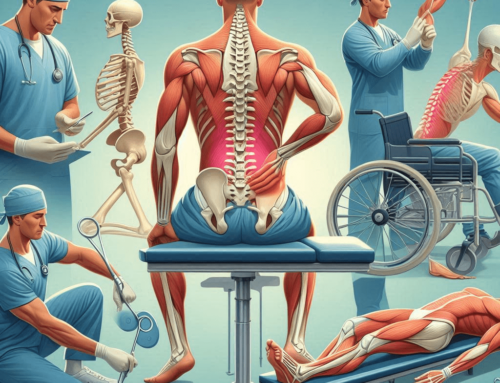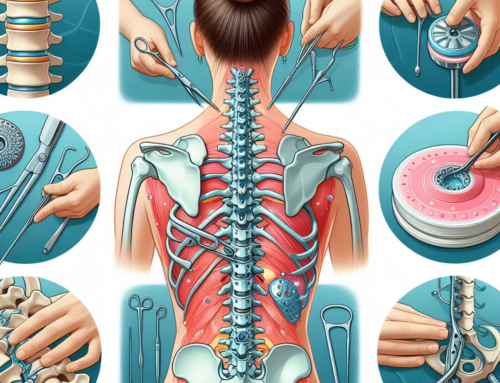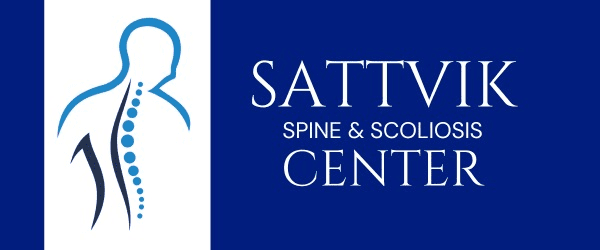Introduction:
A slipped disc, also known as a herniated disc, is a condition that occurs when the soft cushion-like discs between the vertebrae in the spine bulge or rupture, causing pain and discomfort. When conservative treatments fail to provide relief, surgery may be considered as an option. In this article, we will explore the various surgical options available for treating a slipped disc, as well as the recovery process associated with each option.
Understanding Slipped Disc Surgery
What is Slipped Disc Surgery?
Slipped disc surgery is a surgical procedure that aims to relieve the pain and discomfort caused by a herniated disc by removing or repairing the damaged disc. There are several different surgical options available, and the choice of procedure depends on the severity of the condition, the location of the herniation, and the overall health of the patient.
When is Slipped Disc Surgery Recommended?
Slipped disc surgery is typically recommended when conservative treatments, such as physical therapy, medication, and lifestyle changes, fail to provide relief from the symptoms of a herniated disc. It may also be recommended in cases where the herniation is severe and causing nerve compression or when there are signs of progressive neurological deficits, such as weakness or numbness in the limbs.
Types of Slipped Disc Surgery
Microdiscectomy
Microdiscectomy is a minimally invasive surgical procedure that involves the removal of the herniated portion of the disc through a small incision. This procedure is usually performed under general anesthesia and requires less recovery time compared to traditional open surgery. It is commonly used for treating lumbar herniated discs, which occur in the lower back.
Laminectomy
Laminectomy, also known as decompression surgery, is a procedure that involves the removal of a portion of the vertebra called the lamina to relieve pressure on the spinal cord or nerves caused by a herniated disc. This procedure is usually recommended for treating herniated discs that are pressing on the spinal cord and causing symptoms such as difficulty walking or loss of bladder or bowel control.
Discectomy
Discectomy is a surgical procedure that involves the removal of the entire disc, rather than just the herniated portion. This procedure may be recommended in cases where the herniation is large or multiple discs are affected. After the disc is removed, the space may be filled with a bone graft or an artificial disc to maintain the stability of the spine.
Spinal Fusion
Spinal fusion is a surgical procedure that involves joining two or more vertebrae together to stabilize the spine. This procedure may be recommended in cases where the disc has been removed or when there is instability in the spine due to degenerative disc disease. Spinal fusion may be performed in conjunction with other slipped disc surgeries to provide additional stability to the spine.
Recovery Process after Slipped Disc Surgery
Hospital Stay and Postoperative Care
The length of the hospital stay and the postoperative care required after slipped disc surgery depends on the type and complexity of the procedure performed. In general, minimally invasive procedures such as microdiscectomy may require a shorter hospital stay and have a quicker recovery time compared to open surgeries such as laminectomy or spinal fusion.
After the surgery, the patient may be monitored in the hospital for a few days, and pain medication may be prescribed to manage discomfort. The patient may also be instructed to avoid activities that could strain the back, such as heavy lifting or bending, and to gradually resume normal activities under the guidance of the surgeon or physical therapist.
Rehabilitation and Physical Therapy
Rehabilitation and physical therapy play a crucial role in the recovery process after slipped disc surgery. The goal of rehabilitation is to help the patient regain strength, flexibility, and function in the back and the affected area. Physical therapy may include exercises to improve core stability, posture, and flexibility, as well as modalities such as heat, ice, ultrasound, and electrical stimulation to manage pain and inflammation.
The duration and intensity of the rehabilitation program may vary depending on the type of surgery and the individual patient’s condition. It is important for the patient to follow the prescribed rehabilitation plan and work closely with the physical therapist to ensure a safe and effective recovery.
Lifestyle Changes and Prevention
After slipped disc surgery, making certain lifestyle changes and taking preventive measures can help reduce the risk of recurrence and promote long-term recovery. Some lifestyle changes that may be recommended include maintaining a healthy weight, engaging in regular exercise to strengthen the core muscles, practicing good posture, and avoiding activities that may strain the back, such as heavy lifting or prolonged sitting.
Additionally, following a balanced diet that is rich in nutrients and staying hydrated can support the healing process and overall spine health. It is also essential to quit smoking, as smoking can impair the healing of tissues and increase the risk of complications after surgery.
Potential Risks and Complications
As with any surgical procedure, there are potential risks and complications associated with slipped disc surgery. These may include infection, bleeding, nerve damage, reaction to anesthesia, blood clots, and complications related to the use of implants or bone grafts, among others. However, serious complications are rare, and the benefits of surgery often outweigh the risks, especially when conservative treatments have been ineffective.
It is important for patients to be aware of the potential risks and complications associated with the specific surgical procedure they are undergoing and to discuss any concerns with their healthcare provider.
Follow-up and Monitoring
After slipped disc surgery, regular follow-up appointments with the surgeon may be scheduled to monitor the progress of recovery and address any concerns or questions. Imaging tests, such as X-rays or MRI scans, may be ordered to assess the healing of the spine and the success of the surgery. The surgeon may also provide guidance on when and how to gradually resume normal activities and return to work or other physical activities.
Conclusion
Slipped disc surgery is a viable option for treating a herniated disc when conservative treatments are not effective. It is important to understand the different surgical options available, such as microdiscectomy, laminectomy, discectomy, and spinal fusion, and their associated recovery process. Rehabilitation, lifestyle changes, and close follow-up with the healthcare provider are crucial for a successful recovery and long-term spine health.
In conclusion, if you are considering slipped disc surgery, it is essential to have a thorough discussion with your healthcare provider to understand the benefits, risks, and recovery process associated with the specific surgical option recommended for your condition. Following the postoperative care instructions, engaging in rehabilitation, and making lifestyle changes can contribute to a smooth recovery and improved spine health. Remember to consult with your healthcare provider for personalized medical advice and care.











Get Social